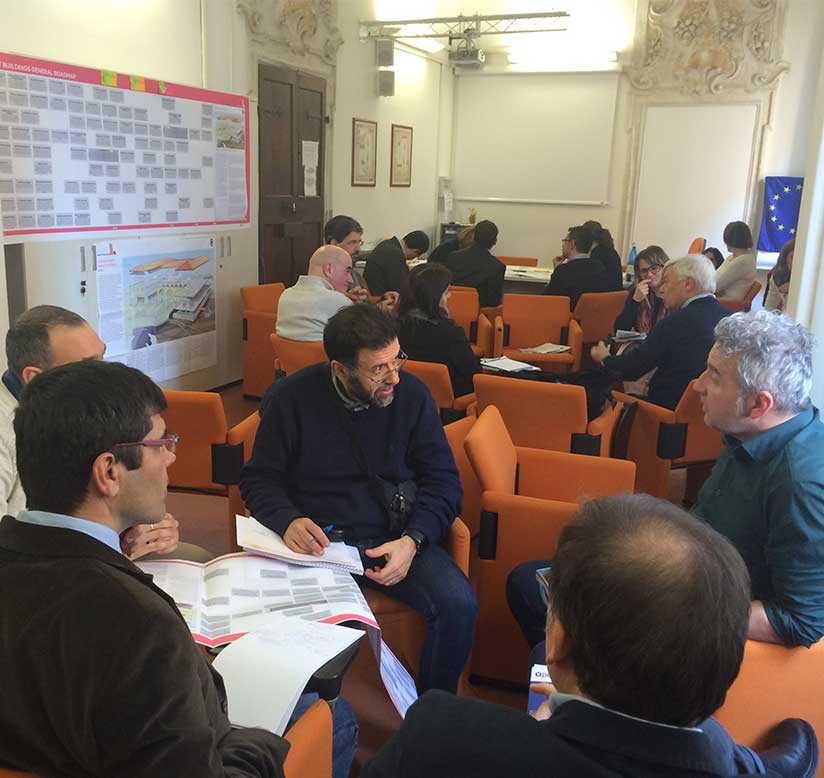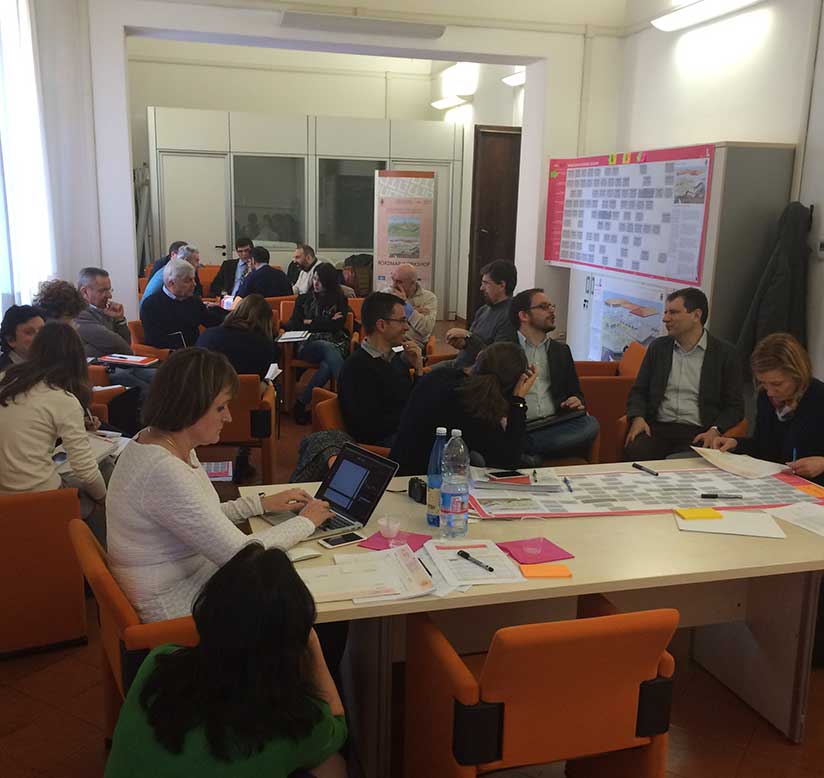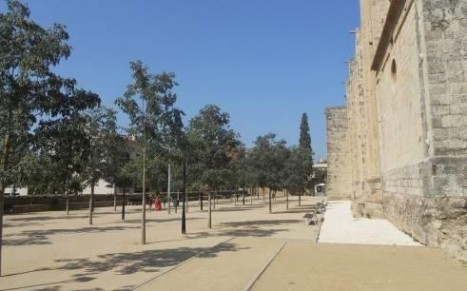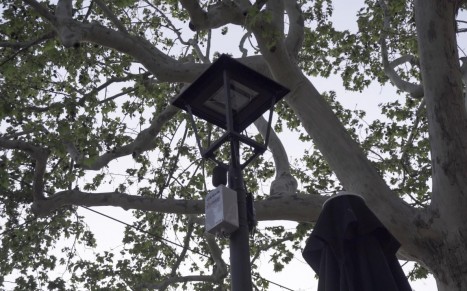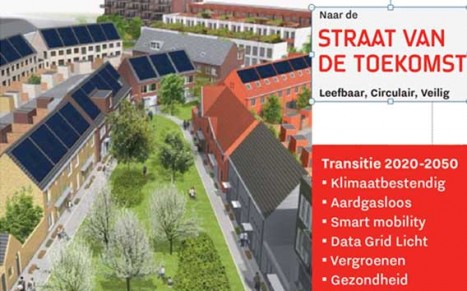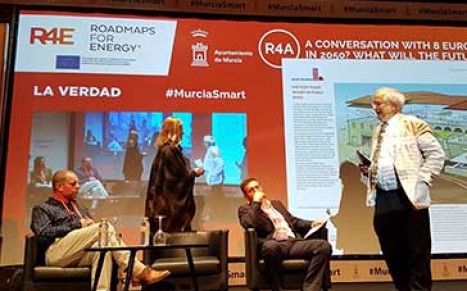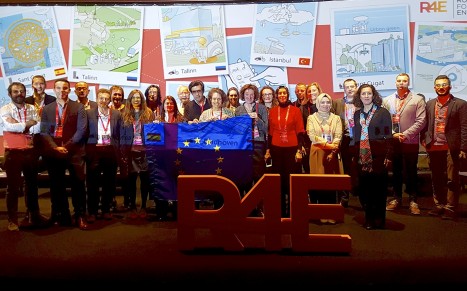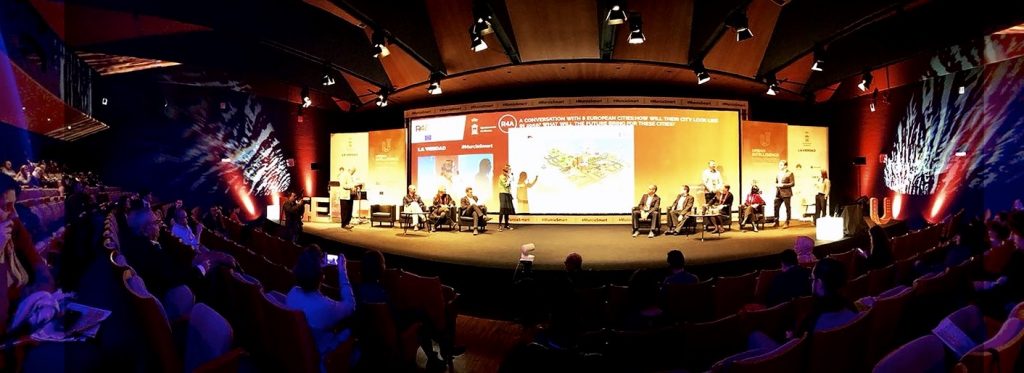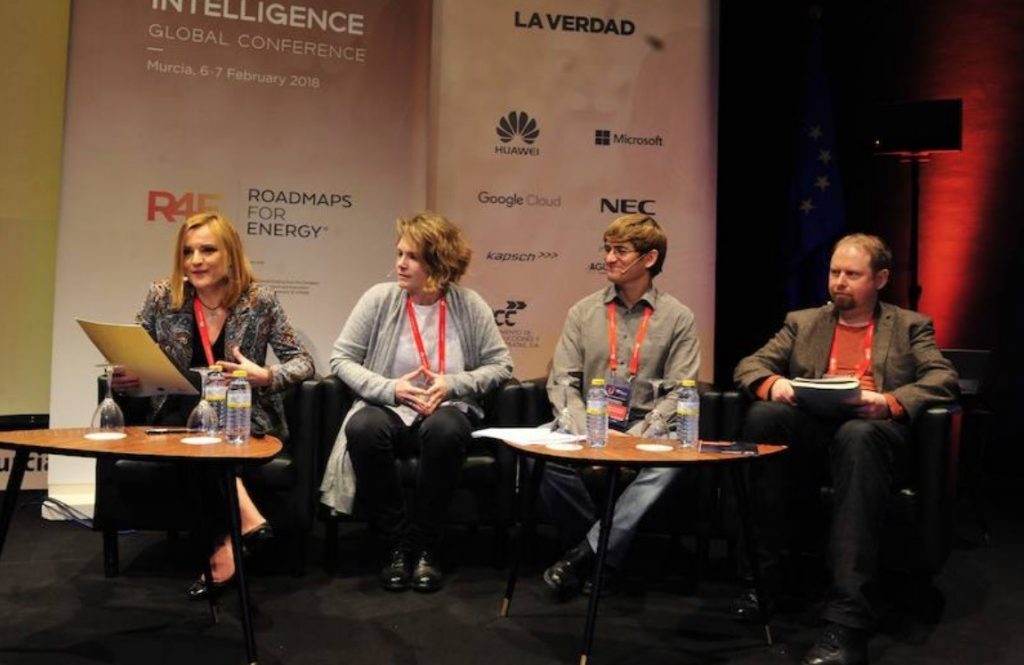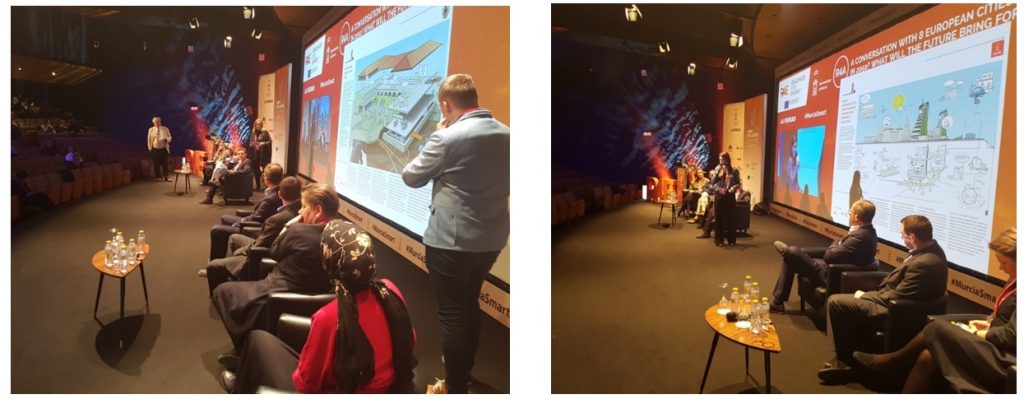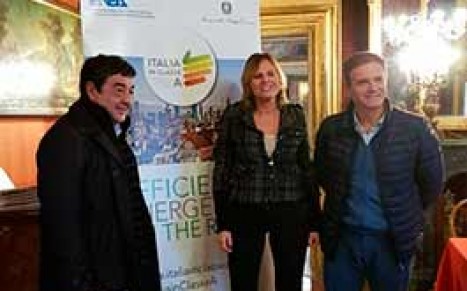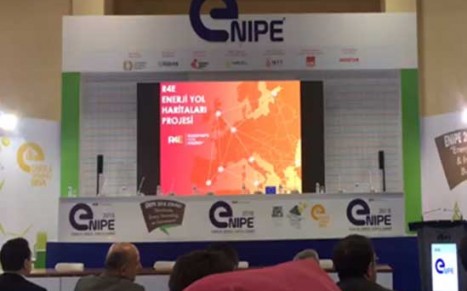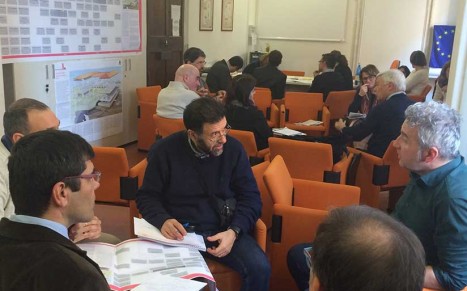Blog : 52s Posts Found
Heading to a Smart Street Lighting
Heading to a Smart Street Lighting
Urban indicators: Data, Big data, Open data for an efficient management of the territory and urban service
STREET LIGHTING MASTER PLAN
On May 29th of 2006, the Ayuntamiento de Sant Cugat del Vallès approved its Master Plan of Street Lighting. This Plan contains the global plan of the municipal needs, as the necessary actions to reach it, fitting the facilities to the norm.
The aim of the master plan was to:
- Define the functional parameters of the municipal Street lighting according to the zone: Levels, uniformities, tipology, etc…
- Minimize the energetic consumption of the facilities
- Minimize the light pollution
- Implement remote management systems to improve the efficiency
- Fit the facilities to the new norms
Please for more information download it by clicking here.
Continous Improvement System in Waste Collections and Street Cleaning Sant Cugat del Vallés.
Description of the case
Qualinet. The plan for the continuous improvement of the cleaning and waste collection service responds to the objectives defined in the strategic plan of the Sant Cugat Town Council as regards the dimensions: URBAN AND ENVIRONMENTAL SETTING: Civic, green and sustainable city: Commitment to protect the environment. Accessible, clean and tidy city and KNOWLEDGE, TECHNOLOGY AND INNOVATION: Intensive and efficient use of new technologies to optimise resources. Town council on-line. One of these strategic objectives is to move towards a sustainable city that is committed to climate change, with a quality public area where the street is a welcoming setting; managing natural resources efficiently, as well as promoting the reduction of the generation of waste, encouraging the reuse of products and promoting recycling.
All of the above occurs within a context of social cohesion, equity and citizen participation where economic activity plays an essential role through its commitment and its orientation towards sustainable development. The road cleaning and waste collection services is one of the most important services in the city, since the comfort, healthiness and image of the public space and therefore an important part of the quality of life of citizens, depends on it operating correctly, collaborating towards attaining the vision of Sant Cugat as a reference city in urban quality. It is a complex municipal service that is difficult to manage since there is a great demand for results from citizens, pressure from the media, political implications from the correct management of the service, a high number of services and routes to plan (which have to be optimised as much as possible), and the difficulty of modelling a changing and dynamic city requiring corrections in real time.
Please for more information download it by clicking here.
Study of the implementation of sustainable drainage criteria in the city of Sant Cugat del Valles
1. Background
Increasing urbanization by development has led to higher impervious surfaces because the natural landscape is replaced by paved areas. Consequently, the urban areas loses its ability to absorb rainwater and much more of it turns into surface water runoff, which is directed into surface water drainage systems and sewers, often overloading them and causing floods.
Sustainable urban drainage systems (SUDS) is a new approach of the water structure in urban development. Its philosophy is about maximising the benefits (surface water is a valuable resource) and minimizing the negative impacts of surface water runoff from developed areas.
2. Viability of the application of SUDS in the city of Sant Cugat del Vallès
A specific research project promoted by the city of Sant Cugat del Vallès has proved the viability of the application of SUDS systems in its territory integrating them into the urban landscape, which allows protecting people and properties from increasing flood risk, increasing the water quality and replenishing depleted groundwater levels.
Please for more information download it by clicking here.
Smart lighting to reduce noise pollution quality of life
Introduction
The historical centre of the city of Sant Cugat presents many establishments and economic activities, which confront residents and users of the public space, especially during night hours. Here comes into play an innovative, non-invasive technological solution. The street lights used to only provide light improving the feeling of security and comfort, but they are now provided with IOT systems to promote a civic behaviour and mitigate the conflict on public space.
Actors:
– Sant Cugat City Council as a completely active city in terms of transforming into a Smart City.
– Citelum, an integrating company dedicated to the maintenance of lighting and traffic lighting services of the city.
– Mediaurban, company dedicated to urban innovation and the digital transformation of cities.
Context:
Until recently, streetlights only provided the city with light, improving the feeling of comfort in and security during night hours, and increasing the usage time of the public space.
Present and future:
The concept of street lights is changing, they are part of every city’s landscape but only provided light until recently. The aim is to benefit from their multiple advantages: there is a street light every 15 or 25 metres, they have an optimal height and have electricity. With new IOT systems we obtain an added value of the street light to citizens.
Project in Plaça Barcelona:
Several sound level meters were strategically installed on some of the smart light streets at the plaça Barcelona square in the centre of Sant Cugat, in order to measure the sound levels of the environment. If the registered sound levels exceed the allowed, the nearby street lights send a message in form of light flickering. This light message aims at letting the users of the public space know that the noise level is high and, therefore, contribute to a behaviour change.
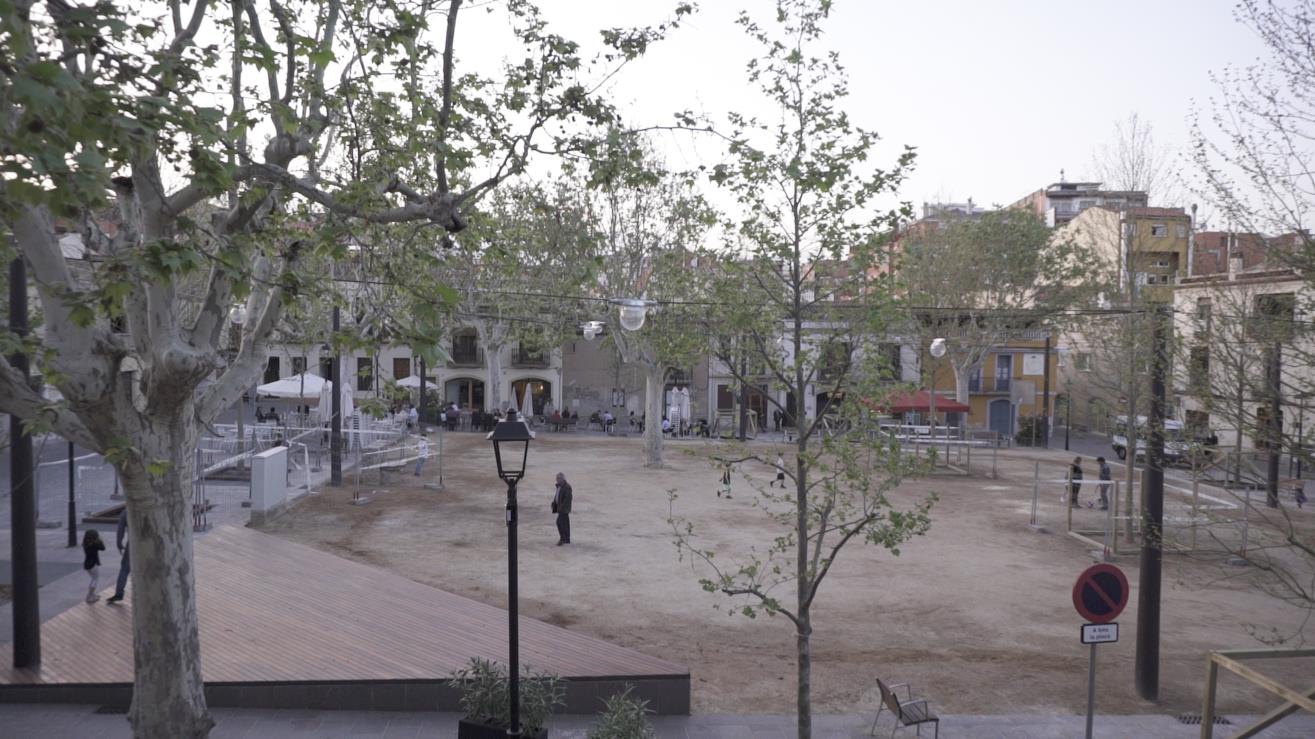
Objectives:
– Encourage the collective responsibility of the cohabitation in the city
– Reduce the conflict between neighbours, people that have to call emergencies and users
– Give the message that the municipal services look out for the people during the night
– Protect bar owners from nearby conflicts on the public space
– Efficiency of the emergencies services
For more information about the project please contact to:
Víctor Martínez del Rey
Director of the Urban Quality Department
Victormartinez@santcugat.cat
Cell phone: +34 609772357
www.santcugat.cat
Municipality of Sant Cugat del Vallès
Sant Cugat del Vallès.
Barcelona
Presenting R4E at the UNaLab Project Eindhoven
Presenting R4E at the UNaLab Project
Eindhoven is participating in a Horizon 2020 project about Nature-Based Solutions (NBS) and climate resilience, called UNaLab. In this project, Eindhoven is one of the three demonstration cities, next to Genova and Tampere. The demonstration cities have to show what Nature-Based Solutions are and what you can achieve with it.
In UNaLab, there are also five replication cities that have to create a roadmap and will learn from the experiences of the demo cities. To achieve this, the replication cities will become so-called ‘buddies’ of the frontrunner cities.
During the UNaLab consortium meeting, which took place in Genova in November 2017, Eindhoven presented the experiences of the R4E project to the replication cities and to other partners that were interested.


The presentation was about the outcome of the roadmapping process, as well as about content of the process, and included some tips about how to organise the workshops, who to invite, etcetera.
To provide a full overview and idea of the R4E project and its process, both the R4E posters of the visions of Eindhoven were shown, as well as the videos with the interviews of the R4E partners. For the replication cities in the UNaLab project these presentations helped a lot, to get a better understanding of the roadmapping.
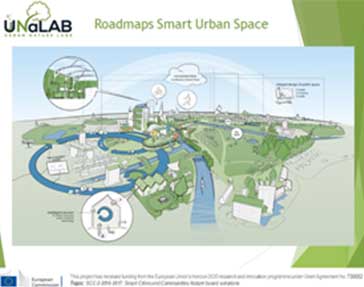

The presentation about the outcomes of the R4E project was given by focusing on the Roadmap Smart Urban Spaces by using the roadmap itself, explaining briefly what it looks like and providing information about the ideas and projects which are resulted of the roadmapping process.
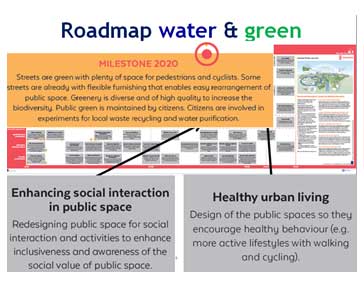

One of the results that was presented is the idea of Eindhoven of the Street of the Future. This idea has been further explained in a previous R4E article. The picture below is one of the ways this is visualised. Eindhoven is still improving an expanding this idea. It’s now used to help people understand “spatial adaptation”, which is about creating space for or taking climate adaptation into account
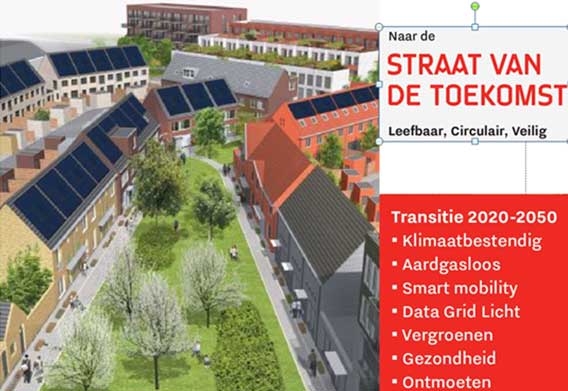
Forlì at the R4E Final Conference: Smart Cities rule the future! Roads for a joint green transformation towards 2050
FORLI’ VISIONS TOWARDS 2050
In the “Urban Intelligence” event, the final international conference of the European R4E project entitled “Smart Cities rule the future! Roads for a joint green transformation towards 2050” was held in Murcia on 7th of February 2018 (“Smart Cities dominate the future! The paths to a joint green transformation to 2050 “).
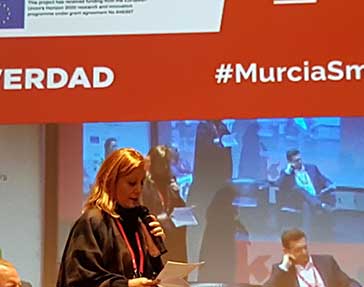
The event was structured to give visibility to the various issues addressed by the R4E project and its partners. Francesca Bacchiocchi, project manager of the Municipality of Forlì and head of the Environment Unit, spoke as one of the speakers during the session “A conversation with 8 European cities: What will the city look like in 2050?” reporting part of the visions of the city of Forlì to 2050. “In 2050 – says Bacchiocchi – the citizens of Forlì will enjoy a historic and lively center and a city on a human scale. The city will continue on the one hand in the renovation of historic buildings respecting their heritage and adapted to new uses necessary for the community, on the other the urban planning it will focus on providing new spaces useful for citizenship: for example, a church can become a museum or a theatre, thus maintaining the function of bringing citizens into contact while changing its original function”.
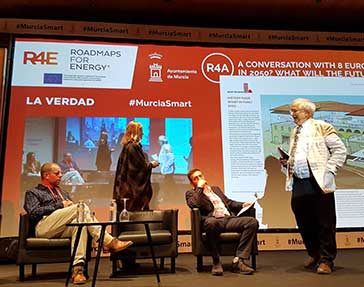
Bacchiocchi continues the speech on the main target of the city of Forlì that will be to renovate its heritage although with an up-to-date meaning of its function, and the city boasts a long experience in this, so next years a great job must be done to use less invasive materials or IT systems to monitor the use of spaces, and manage energy at a district scale.
About this, the challenge, as Bacchiocchi affirms, is to create a business model to make feasible the energy retrofitting projects and so involve enterprises, universities, research centers to identify most suitable technologies to reach the minimum energy efficiency standards (e.g. micro-grid, innovative photovoltaics, geothermal heat pump, micro-grid and cells, led lighting, nanomaterials for insulation, innovative glasses).
First it should be choosed a representative historical building for experimenting new components and testing new technologies in the construction industry to reach the minimum energy efficiency standards, to maximise retrofit solutions and overcome the constraints of the historical buildings.
Then, concludes Bacchiocchi, the restored building could become a research centre where should be possible to organize workshop and lessons on renovation of historical buildings open to construction companies, researchers, students, citizens etc.
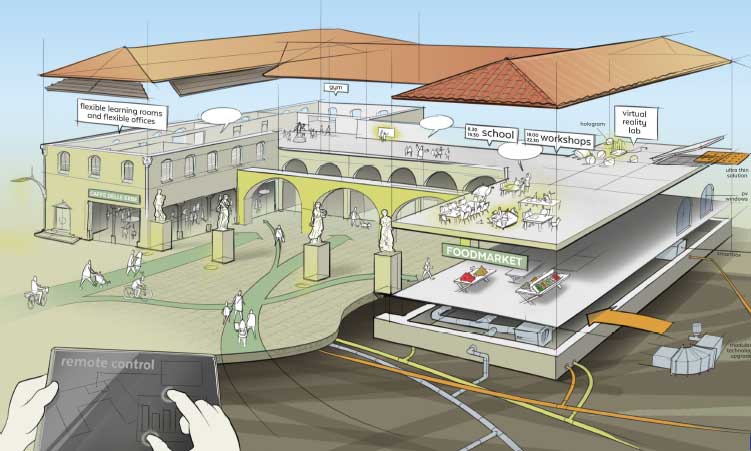
In any case it is always important to consider that there are no pre-established rules in this field because each building has its own cultural and social background, architecture and specific materials, however future technical solutions and researches on new materials can make the use of these buildings more and more efficient.
R4E final conference: Smart Cities rule the future! Roads for a joint green transformation towards 2050
R4E final conference: Smart Cities rule the future! Roads for a joint green transformation towards 2050
The final event of the project has been approached by Murcia as the opportunity to hold a big Smart City event consisting of a 2 day conference. The overall title of the conference was “URBAN INTELLIGENCE Global Conference”. Day 1 was subtitled “Digital and sustainable transformation. A global forum for city changers” and covered different topics related to Smart Cities, such as the digital transformation, the future of urban mobility, climate change adaptation and social innovation.
Day 2 was the official R4E Final Conference, subtitled “Smart Cities rule the future! Roads for a joint green transformation towards 2050”, focusing specifically on the “Roadmaps for energy” project. The main aim of linking the R4E Final Conference to another Smart Cities related conference of Murcia, was to create synergies between the content and participants of both days, resulting in a much more appealing programme, which has been crucial for attracting a big audience and the right target group.
The program of both days can be consulted below:
Next can is shown a summary of pictures from the different sessions on Day 2.
Picture. Speakers session R.1
Picture. Pablo Sánchez Chillón
Picture. Speakers of session R.3
Picture. Smart building vision Forli Picture. Smart building vision Murcia
Please for more information download the FINAL CONFERENCE REPORT by clicking here.
R4E in “Italy in class a” Event
R4E project in Palermo
City of Palermo
R4E IN “ITALY IN CLASS A” EVENT
The first “itinerant” information campaign organized by ENEA, which is involving 10 northern and southern cities to raise awareness about the opportunities and benefits of energy efficiency. In 2016, there have been 3,3 billion of investments related to “ecobonus”, more than 15 thousand successful energy survays and a growth of 300% of the demands for national incentives, called “Conto Termico”, regarding efficiency measures of the Public Administration.
The Municipality of Palermo, which organized the event, is the Italian Capital of Culture 2018, and is also the Italian capital of energy efficiency, as partner of the European project ROADMAPS FOR ENERGY – HORIZON 2020.
The halls were crowded by an attentive audience and the meetings were addressed towards citizens, students, local administrations, companies and cultural figures. The meetings were held at Palazzo Steri, ENEA Headquarters in Palermo, “Biondo” Theater and Modern Art Gallery.
The day started at Palazzo Steri, with the Mayor of Palermo Leoluca Orlando welcoming the participants to the meeting called “SME and PA: energy efficiency target”, addressed to enterprise associations, small and medium-sized enterprises, technicians and professionals.
During the meeting the Rector for the Development Policies of the University of Palermo, the Director of the Unit for Energy Efficiency ENEA and representatives of the Sicilian Region, GSE and Confindustria Sicilia have held speeches.
Antonio Mazzon, Energy Manager of the City of Palermo has undertaken a report on the activities of the Roadmaps for Energy – Horizon 2020 project. He showed the desired vision of the city of Palermo 2050, with particular reference to Smart Buildings and Smart Mobility.

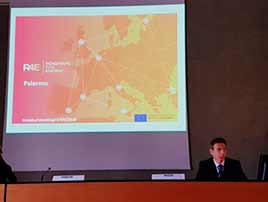
The event was concluded with a round where the University of Palermo, Anci, AssoEsco Sicilia, SicilEsco, Orders of Engineers of Palermo, Order of Architects of Palermo and Coldiretti have taken part. The following topics where treated: instruments, incentives and funding available to the Public Administration to improve own efficiency level of their buildings and public lighting and achieve the national and European energy efficiency targets. Focus also on Energy Performance Contracts (EPC), on the training needs of designers and technicians, on the state of the energy surveys of big energy consumers and SMEs and news regarding of Ecobonus of 2018.

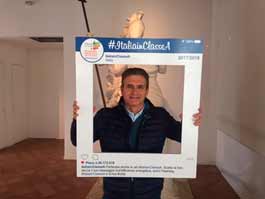
R4E Project was presented at ENIPE 2018 Expo & Summit
[/vc_column_text]
R4E Project was presented at ENIPE 2018
Expo & Summit
R4E Project Introduced at IRF Middle East & North Africa Regional Congress & Fair
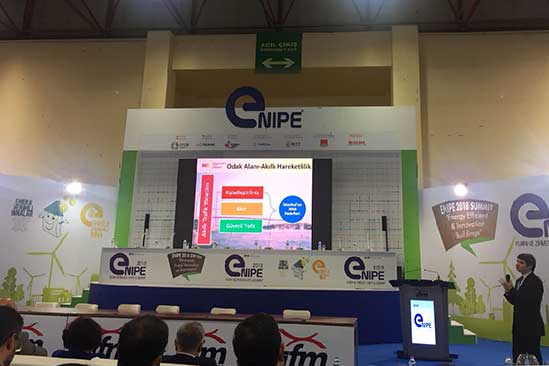
The ENIPE “Energy Efficient Industry and Products Expo and Summit” 2018, which was organized by Istanbul Chamber of Commerce and Istanbul Chamber of Industry by the support of Istanbul Metropolitan Municipality (IMM) and MUSIAD Association, was held at Istanbul Expo Center between 11-14th of January.
Energy suppliers and consumers met at EXPO and the theme of the expo was “The Latest Insulation Solutions of Energy Efficiency” in which experts and speakers in energy sector participated.
ENIPE brought together manufacturers of energy efficient products and technologies and consumers who were interested in energy saving. The ENIPE 2018 was a very important fair that helped reduce foreign dependency and diversifying energy in Turkey.
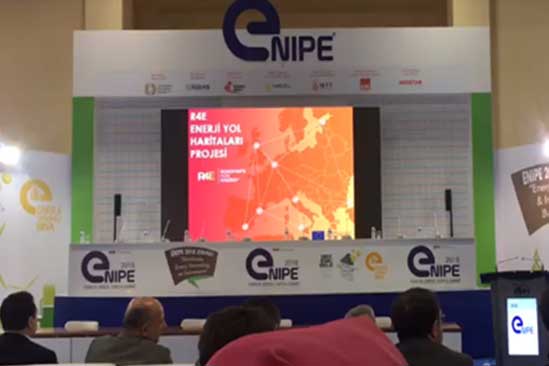
Mr. Yavuz Yalçın, who is IETT’s Energy and Environmental Management Manager, explained IMM’s and IETT’s activities carried out within the scope of R4E Project in a session named “General Conditions of Difficulties, Opportunities and Activities in the Environment Friendly Manufacturing Process in the Living Space”. The participants of the session were informed about IMM’s achievements during the course of R4E Project. Mr. Yalçın provided detailed information about the methodology of the project and explained how Smart Traffic Management and Smart Public Transportation Roadmaps of IMM were created within the context of Smart Mobility focus area. He also answered the questions from participants about the project and invited the participants to the Final Conference held in Murcia.
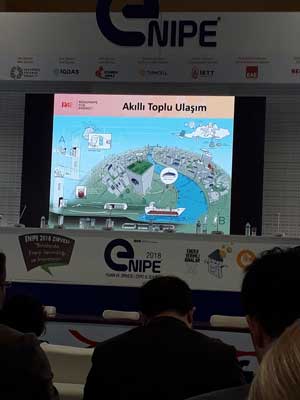
For more information and details, please visit:
[ransportation Directorate and European Union Affairs Directorate, started in March 2015 and will be completed by the end of February 2018.
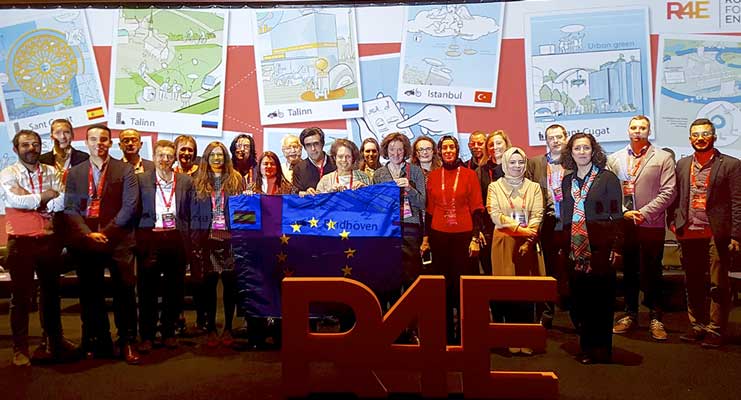
For detailed information regarding R4E Project, please click here. For information on the development of the project, you can follow the project’s Twitter, LinkedIn, Youtube accounts and Facebook page.
Forlì a smart city to 2050 with the roadmaps of the european R4E project
Forlì a smart city to 2050 with the roadmaps of the european R4E project
ROADMAP WORKSHOP
The city of Forlì wonders about its future in 2050 in terms of sustainability and urban quality as a partner of the “R4E – Roadmaps for Energy” during two-day of workshops on 8th and 9th of March 2017.
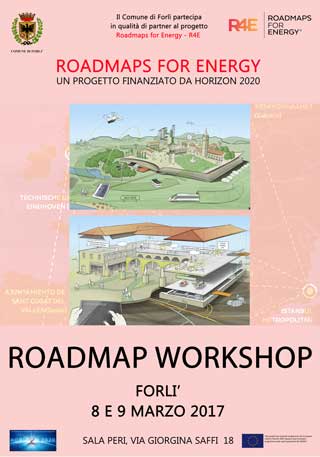
The Municipality of Forlì hosted the “Roadmap workshop”, the third phase of the European R4E project, funded by the Horizon2020 program, aimed at defining a 2050 vision for the city on some of the most current issues for Europe such as the energy efficiency of buildings and smart spaces.
http://www.informaforli.it/2017/una-forli-smart-al-2015-con-le-roadmap-del-progetto-europeo-r4e/
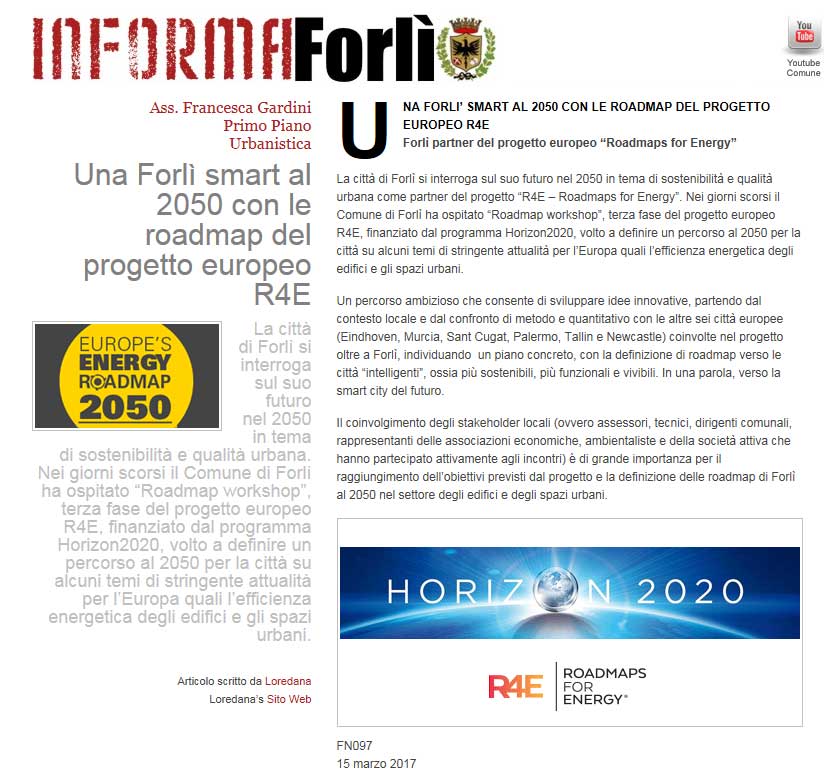
An ambitious target that allows to develop innovative ideas, starting from the local context and the comparison with the other six European cities (Eindhoven, Murcia, Sant Cugat, Palermo, Tallin and Newcastle) involved in the project in addition to Forlì, identifying a concrete plan, with the definition of roadmap towards “smart” cities, so more sustainable, more functional and liveable. In a word, towards the smart city of the future.
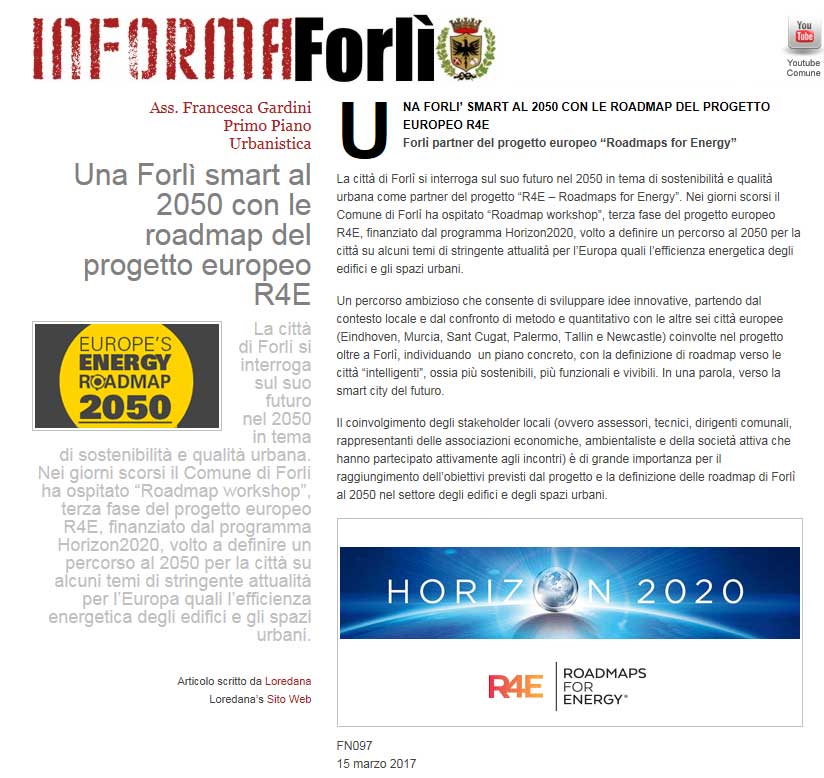
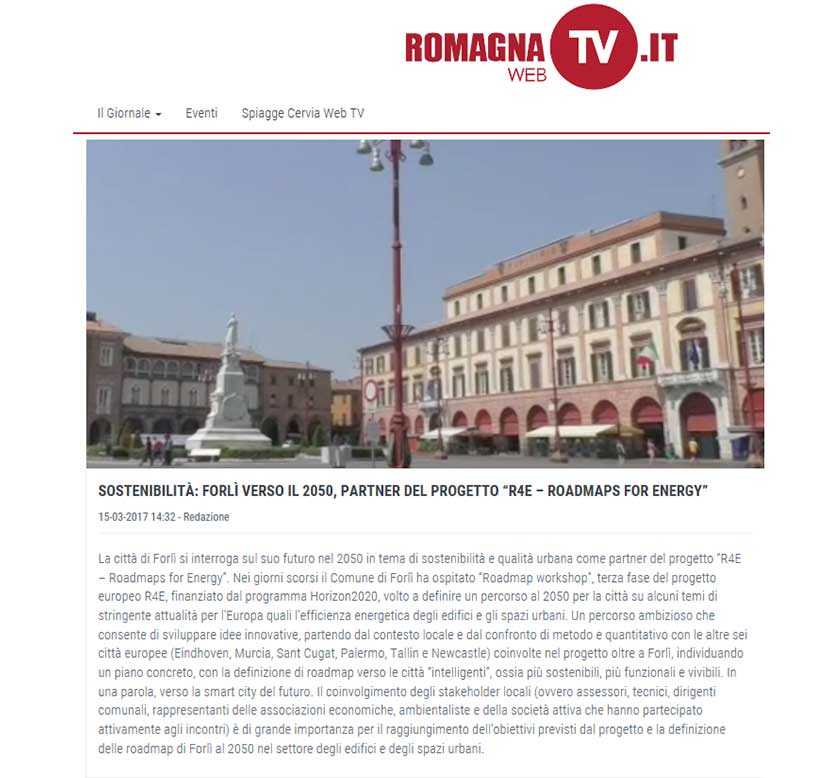
The involvement of local stakeholders, e.g. councilors, technicians, municipal managers, representatives of economic associations, environmentalists and the active society who actively participated in the meetings is of great importance for achieving the objectives set by the project and the definition of Forlì roadmaps to 2050 in the field of buildings and urban spaces.
